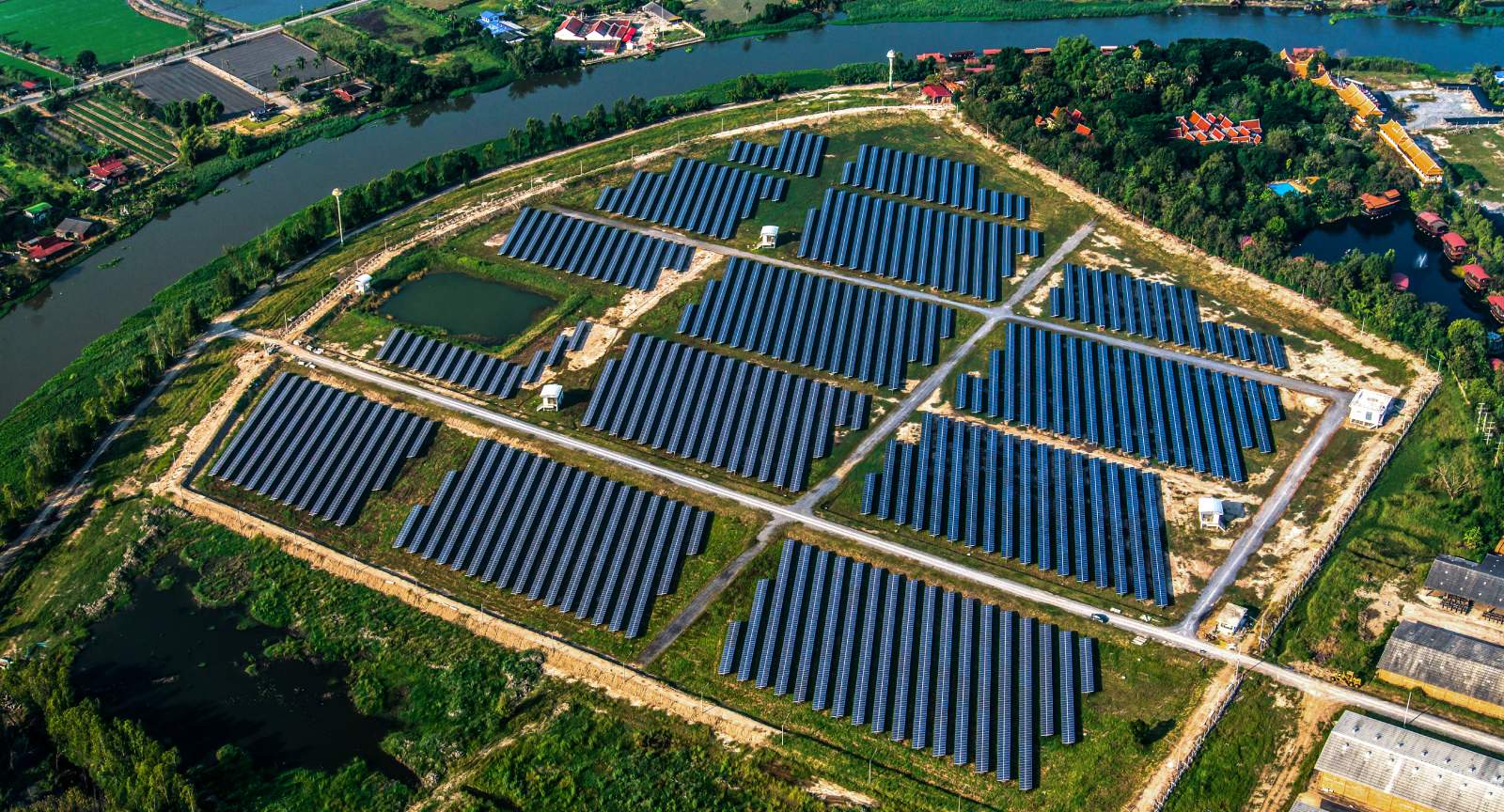Leveraging Tax Equity Investment in Your Clean Energy Strategy

Tax equity (or tax credit) investing is an increasingly popular mechanism by which large energy customers support clean energy development and achieve their sustainability goals.
By taking a short-term ownership stake in a clean energy project in exchange for rights to the tax credits generated by its operations, companies with large U.S. tax liabilities ($50-$100 million) can reduce their tax obligations while creating a strong impact story around their support of clean energy development.
Tax equity financing is essential for developers building new clean energy projects in the U.S. In fact, such financing typically accounts for 45-65% of the capital stack — or layers of project funding — for a wind project and 30-40% for a solar project. Without tax equity investors, many projects would never come online.
If your organization is interested in pursuing tax equity investment, what considerations should you bear in mind?
- Tax equity investments do not always come with Renewable Energy Credits (RECs), the mechanism by which a company substantiates its claims to be operating off clean electricity. For some investors, the story of their tax equity commitment instead focuses on the difference they have made in greening the grid — that this clean energy generation would not have come online without their support. For these customers, a REC-focused approach would limit opportunities to engage in projects that offer valuable greenhouse gas reduction benefits. However, for some companies, securing project-specific RECs or, if the project’s RECs were already contracted for, to secure third party RECs using investment proceeds, is extremely important. The availability of project RECs for a given project is often determined by how early in the financing process an investing company comes in.
- Tax equity investment can make good financial sense. With such large amounts of capital committed to a tax equity investment, companies will often need approval from the CFO, CEO, and even the Board of Directors before investing. This approval may be aided by the fact that companies that act as a tax equity investor can realize a better financial return than they might through many other non-core treasury management instruments such as money market accounts. There is currently a severe shortage of tax equity funding available in the clean energy market — especially after global events in 2020 reduced the tax liabilities of previously reliable tax equity investors like banks and other financial institutions. This shortage of investors has resulted in rates of return of 7% or better with favorable investment opportunities. Additionally, tax equity investments often include structural protections that limit downside risk.
- Tax equity investment requires a full team effort. If a sustainability team member is leading the work on tax equity investing, they should include members of other internal teams from the beginning. Representatives from tax, accounting, treasury, legal, and government relations will all likely need to participate in thinking through the complexity and implications of pursuing this relatively novel approach to sustainability.
- Tax equity rules are changing. With the passage of the Inflation Reduction Act in summer of 2022, the tax equity landscape is expected to shift. Projects may receive bonuses in the form of larger credits if they pay prevailing wages, use domestic materials, support workers and domestic manufacturing, and/or are located in low-income communities or communities that have historically been dependent upon fossil fuel jobs. Rules that allow for one-time credit transfers and “direct pay” may open opportunities for new investors — such as municipally owned and non-profit entities with no federal tax liabilities — to engage. The federal government is going through a rule making process and will offer more guidance on specifics in the coming months, but it is not too early to begin the process of exploring potential tax equity investment.
Finding the right expertise and guidance is critical for new entrants in tax equity investment. You’ll need to consult outside tax attorneys and accounting firms familiar with clean energy tax credits as well as financial advisors that broker and provide investment products in your planning. The CEBA community is a great place to start learning from peers and service providers about their experiences with tax equity.
CEBA members can learn more about tax equity investment by reviewing the CEBA Tax Equity Investment Primer on InterConnect. Not a member? There’s never been a better time to join CEBA — reach out to learn more!
